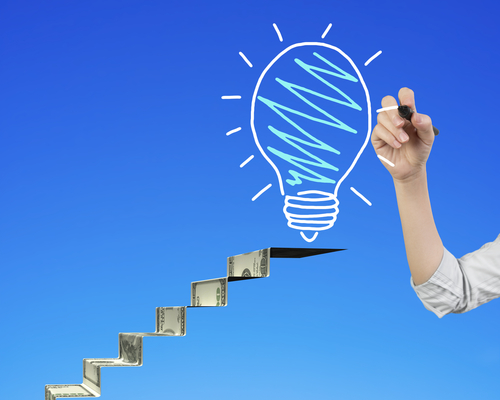Report says low-income consumers need financial help to engage with smart energy

The Smart Energy Consumer Collaborative (SECC) released a report on Nov. 17 that details the behaviors, attitudes, and values of low-income consumers on a range of energy-related topics.
The report, Understanding Lower-Income Consumers and the Smart Energy Future, provides insights related to energy efficiency, smart home technology, renewable energy, electricity providers, and climate change, among other topics.
It was developed from an online national survey of 1,000 lower-income consumers – those earning less than $50,000 annually — across the United States in August and September.
Among its findings, 47 percent of those polled cited “the money I can save” as their primary thought when considering energy-saving options. Also, 81 percent expressed considerable concern for the environment and support for investments in clean energy.
The report also found that, while low-income households experience disproportionately higher energy burdens, most lower-income consumers are unaware of financial assistance programs to help pay bills or install energy-efficient upgrades. Specifically, 54 percent are unaware of any bill payment assistance, while just 19 percent are aware of bill assistance programs from their electricity providers. With regard to energy efficiency upgrade programs, only 33 percent are aware of them.
However, the report points out that once the awareness barrier is broken, 90 percent or more of lower-income consumers will take advantage of the assistance. This suggests that there is a large communication gap. The study concludes that it represents a major opportunity for stakeholders who want to assist these under-resourced consumers.
The research team will present a one-hour webinar on the key findings of the report Wednesday, Nov. 18 at 1 p.m. (ET).
